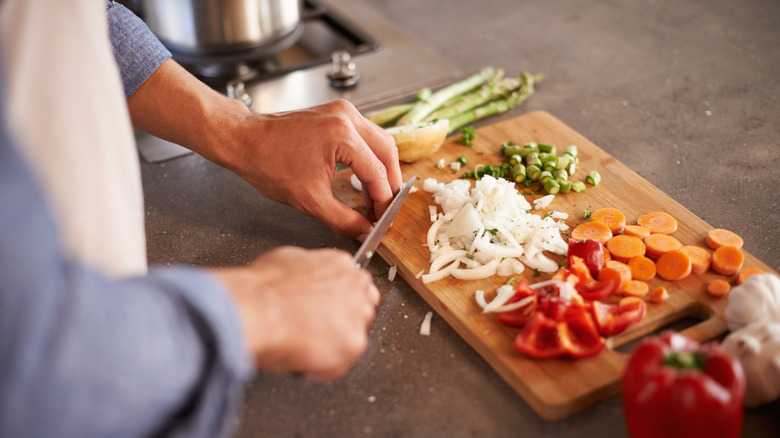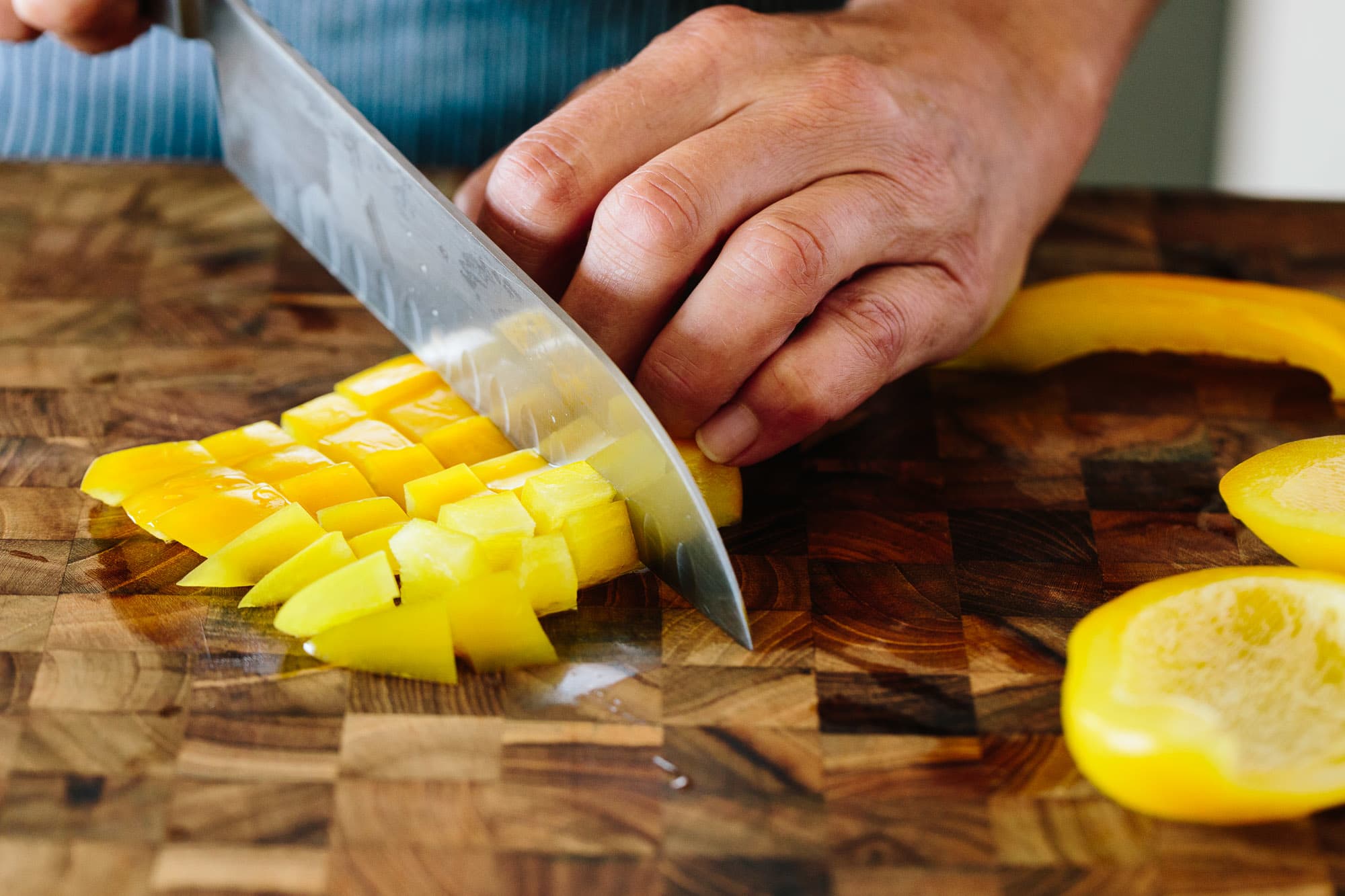How to Make a Cutting Board: Steps, Tips, and Tricks
Written By James Morgan
Are you a barbecue enthusiast looking to add a personal touch to your grilling setup? Learning how to make a cutting board can be a rewarding and enjoyable project. Not only does it provide you with a customized tool for your BBQ prep, but it also hones your woodworking skills.

Why Make Your Own Cutting Board?
Before we dive into the process of how to make a cutting board, let's explore why you might want to take on this project. Here's a few reasons:
Customization
When you make your own cutting board, you have complete control over the size, shape, and type of wood you use. This means you can create a board that perfectly fits your grilling style and space. For more information on choosing the right size and shape, check out this how to clean wood cutting board guide.
Quality
Store-bought cutting boards can be hit or miss when it comes to quality. By making your own, you ensure that only the best materials are used. This is especially important for BBQ enthusiasts who need a durable surface to handle hefty cuts of meat.
Skill Development
Woodworking is a valuable skill, and building a cutting board is a great way to practice and improve. Plus, the satisfaction of creating something with your own hands is unmatched.

Materials Needed
To get started on how to make a cutting board, you'll need the following materials:
- Hardwood (such as maple, walnut, or cherry)
- Wood glue
- Clamps
- Sander and sandpaper (various grits)
- Food-safe finish (like mineral oil or beeswax)
You can find more detailed information on food-safe finishes in this Real Simple article.

Step-by-Step Guide to Making a Cutting Board
Step 1: Selecting the Wood
Selecting the right type of wood is crucial. Hardwoods like maple, walnut, and cherry are excellent choices due to their durability and resistance to bacteria. Be sure to choose pieces that are straight and free from knots or cracks.
Step 2: Cutting the Wood
Using a table saw, cut the wood into strips of equal width. The size of your strips will determine the final thickness of your cutting board. Typically, a thickness of around 1.5 inches is ideal for BBQ tasks.
Step 3: Gluing and Clamping
Arrange the wood strips side by side, alternating grain patterns to enhance the board's strength and appearance. Apply an even layer of wood glue between each strip, then clamp them tightly together. Allow the glue to dry for at least 24 hours.

Finishing Touches
Sanding
Once the glue has dried, use a sander to smooth out the surface. Start with a coarse grit sandpaper and gradually move to finer grits for a polished finish.
Applying Finish
After sanding, apply a food-safe finish to protect the wood and bring out its natural beauty. Mineral oil or beeswax are excellent choices.
For detailed tips and tricks on using a cutting board, check out this Tasting Table article.
Maintenance and Care Tips
Proper maintenance is key to ensuring the longevity of your cutting board. Always clean it with warm soapy water after use and avoid soaking it in water. For more cleaning tips, refer to this wood cutting board cleaning guide.
Periodically reapply a food-safe finish to keep the wood hydrated and protected. This is especially important if you use your cutting board frequently for BBQ prep. Learn more about caring for wood cutting boards on extension.wsu.edu.
Common Mistakes to Avoid
Using Softwood
Softwoods like pine are not suitable for cutting boards as they are prone to scratches and bacteria buildup. Stick to hardwoods for durability and safety.
Skipping the Finish
Applying a food-safe finish is crucial for protecting your cutting board from moisture and bacteria. Never skip this step.
Neglecting Maintenance
Regular maintenance is essential for keeping your cutting board in top condition. Failing to clean and reapply finish can shorten its lifespan. For more insights on maintenance, check out this how to clean wood cutting board guide.
FAQs
What type of wood is best for a cutting board?
Hardwoods like maple, walnut, and cherry are ideal due to their durability and resistance to bacteria.
How do I maintain my cutting board?
Clean it with warm soapy water after each use and periodically reapply a food-safe finish. Avoid soaking it in water.
Can I use any finish on my cutting board?
Always use food-safe finishes like mineral oil or beeswax to protect the wood and ensure it's safe for food contact.
As an Amazon Associate, I earn from qualifying purchases.



